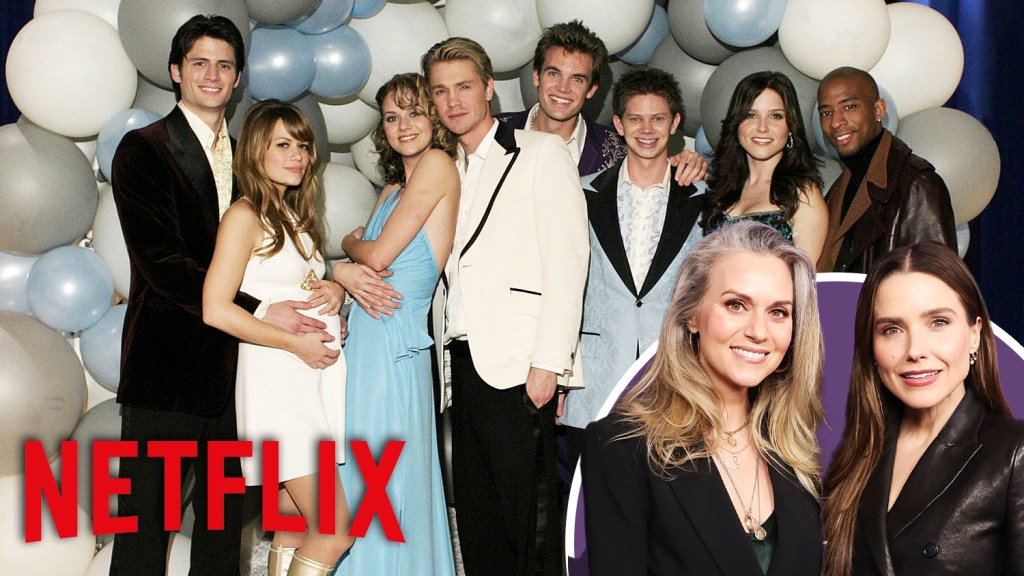Paris 2024: A Paralympic Exhibition Showcases Changing Attitudes towards Disability in Sport

A new exhibition in Paris, just ahead of the 2024 Paralympics, explores the evolution of para sport over the past 70 years, documenting the shift in attitudes towards disability in the realm of sport and showcasing the remarkable achievements of para-athletes.
The exhibition, "Paralympic History: From Integration in Sport to Social Inclusion (1948-2024)", traces its roots to the Stoke Mandeville Games of 1948, which took place on the same day as the London 1948 Olympic Games. These games, initially intended to support injured soldiers following the Second World War, laid the groundwork for the Paralympic Games, which were first held in Rome in 1960.
This exhibition delves into the historical documents that shaped the Paralympic movement. It features a copy of the document establishing the International Paralympic Committee (IPC) in 1989, highlighting its crucial role in bringing structure and purpose to the Paralympic Games. It also showcases the 2008 Court of Arbitration decision that permitted South African runner Oscar Pistorius to compete in the 2012 London Olympics wearing his Ãssur Cheetah Flex-Foot prosthetic legs. This landmark decision marked a significant moment in the perception of disability in sport, allowing prosthetic athletes to compete at the highest level for the first time.
The exhibition underscores how legal transformations and the emergence of the IPC have been instrumental in elevating the Paralympics to the global sporting event it is today. The Games have attracted a growing media presence and garnered a wider audience, with over 3.8 billion viewers tuning in for the London 2012 Paralympics.
A key player in this shift has been Channel 4, the broadcaster responsible for covering the Paralympic Games in the UK. Channel 4's landmark "Meet the Superhumans" campaign in 2012, which aimed to showcase the extraordinary abilities of para-athletes, was met with both acclaim and criticism. Critics argued that the campaign's focus on "superhuman" qualities might be unhelpful, reinforcing a perception of para-athletes as overcoming disability rather than demonstrating sporting excellence.
However, Channel 4's research indicated that many viewers still saw para sport through the lens of disability. To address this, Channel 4's campaign for the Paris 2024 Paralympics takes a different approach, highlighting the athletes' resilience and determination in overcoming the inherent challenges of sport, regardless of their disability.
The exhibition reflects the broader social shift towards inclusivity and celebrating difference. Alongside the historical documentation, the exhibition features artistic projects funded by France's ministry of culture. These projects, encompassing dance, theatre, and visual arts, aim to showcase the diverse and vibrant "para culture" that has emerged in France.
This inclusive approach aligns with the Paris 2024 Games' overarching aim to create a more inclusive and accessible sporting environment. The exhibition's message resonates with this goal, reminding us that celebrating difference is not about comparison, but rather recognizing that diversity is a fundamental aspect of a progressive and equitable society.
The exhibition highlights the significant strides that have been made in promoting inclusivity and challenging stereotypes around disability in sport. It is a reminder that the journey towards greater equality is ongoing, and that the Paralympic Games are more than just a sporting event; they are a platform for social change and a celebration of human potential.





